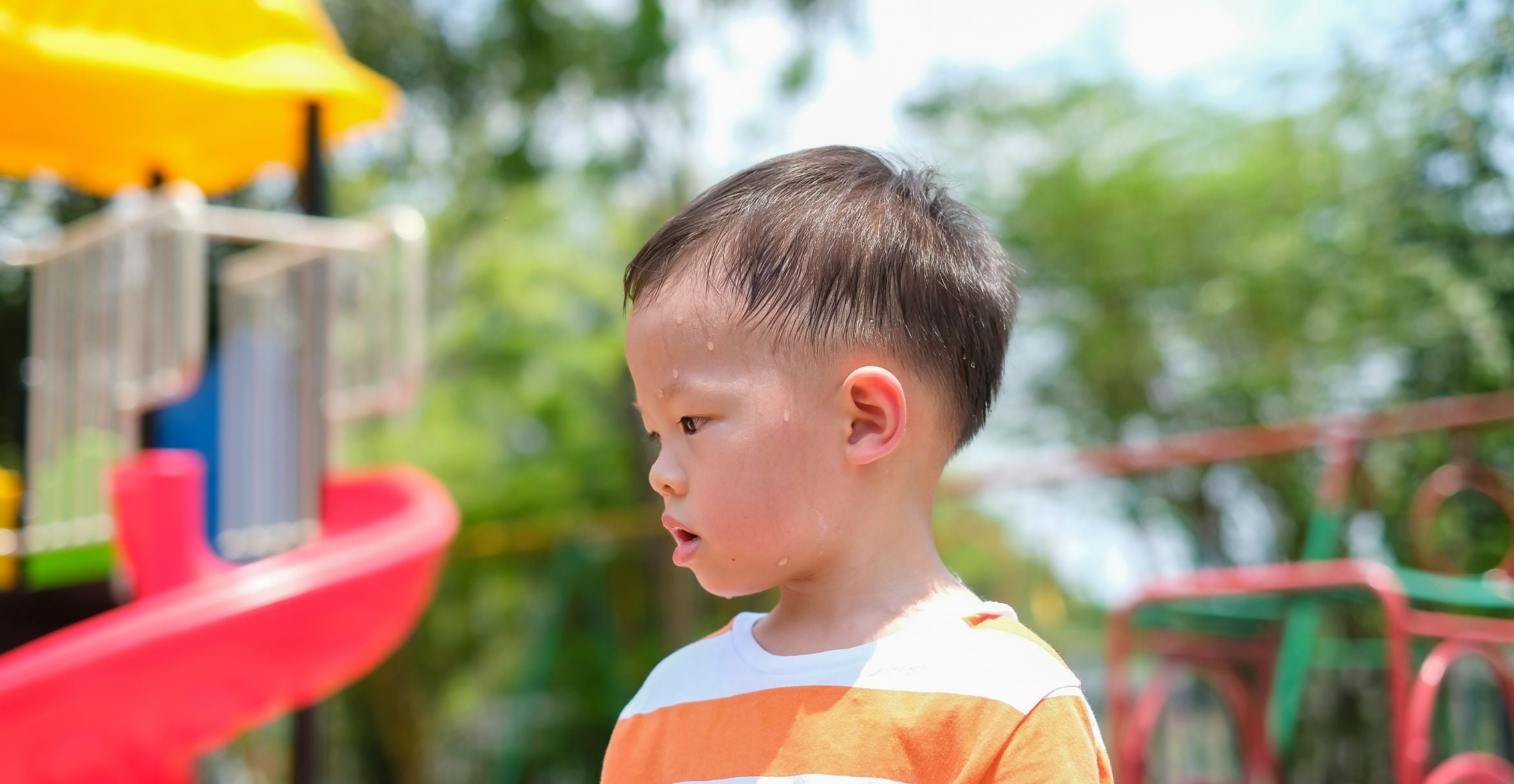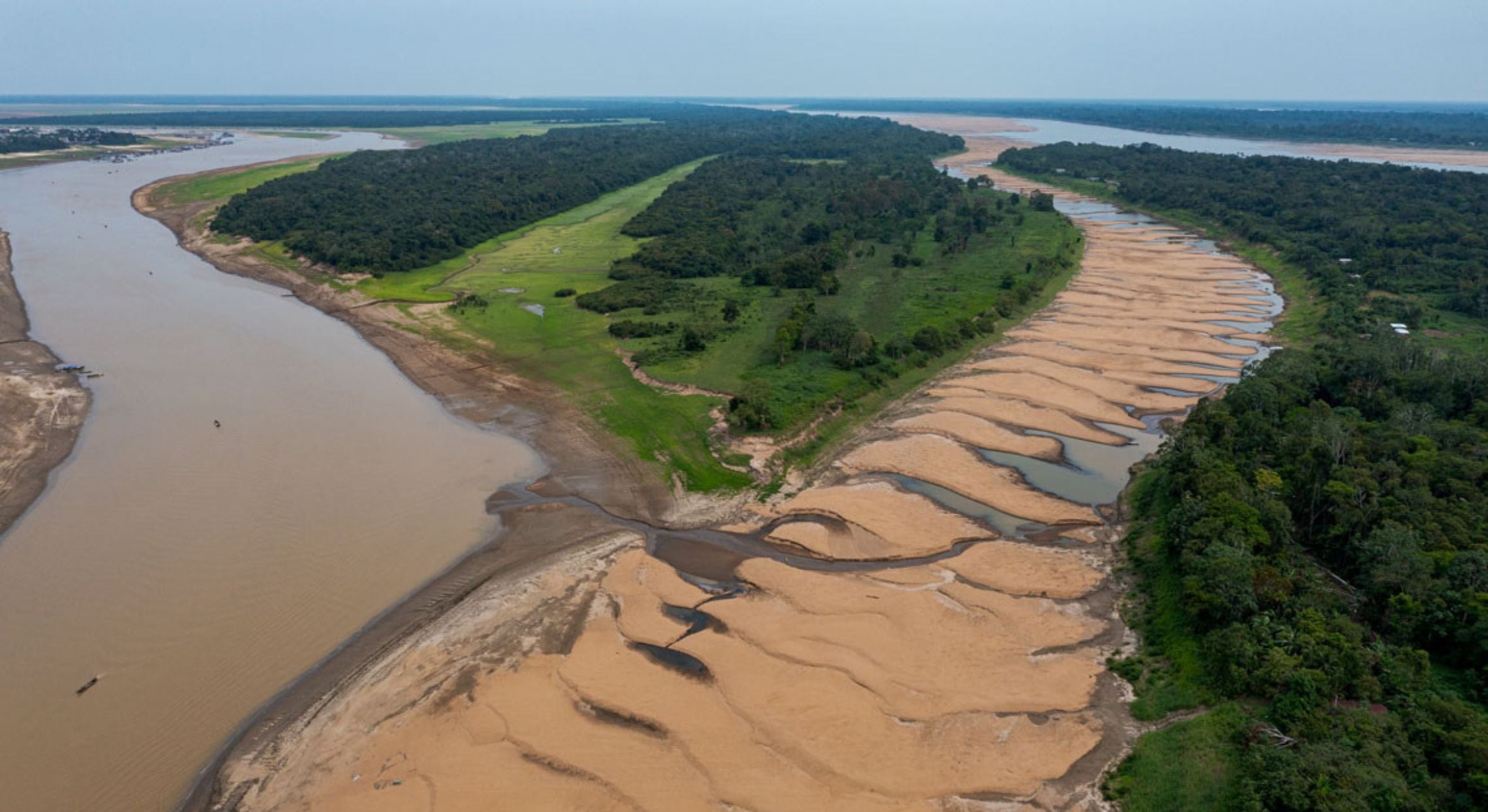
The schoolyard is hot today. The forecast called for sunny skies and temperatures in the mid-70s, but no breeze blows on the playground as the blacktop cooks under the So Cal sun.
It’s no secret that California is getting hotter on average, but scientists, educators and policymakers still don't fully understand how that trend will affect school children. And heat literacy — an understanding of heat, heat effects and heat effects mitigation — varies widely among teachers, parents and kids.
To better understand the issue, the UC Office of the President (UCOP) has awarded $2.26 million for a four-year project examining heat exposure and its effects on elementary school children. Funded through UCOP’s Multicampus Research Programs and Initiatives, the study will bring together researchers from UC Santa Barbara, UC Davis, UC Irvine and UC San Francisco. The team, led by UCSB’s Elizabeth Ackert, will work with nine California public elementary schools to measure temperatures on site, investigate current approaches to heat adaptation, and collaborate on strategies for mitigating heat exposure for school children.
“We have a team that brings together expertise from the social sciences, physical sciences and medicine. Many of us are former teachers, and all of us are parents of school-aged children,” said Ackert, an associate professor of geography at UCSB. “We are excited to have this opportunity to tackle this important issue, and to work collaboratively with schools to develop extreme heat action plans.”
Heat stress has been on the rise year over year. An August 2024 report from the U.N. International Children's Emergency Fund (UNICEF) found that one in five children lives in areas that experience at least double the number of extremely hot days every year compared with their grandparents’ generation.
In addition to their collaborative research interests on children, the environment and wellbeing, the UC project was inspired by the personal experiences of the lead researchers at UCSB. “We all have small kids, roughly the same age,” said Frank Davenport, a research scientist in the Department of Geography. “And we had noticed that when we’d pick up our kids on the playground the temperature that they’re experiencing is much, much hotter than the forecast for that day.”
Several factors can make schools hotter than weather forecasts predict and toastier than other areas around town. Many schools have few trees to cool the air and provide shade, while asphalt and concrete can increase the temperature near the ground far above the ambient air temperature. Meanwhile, building materials and orientation affect how schools heat up, and old or underpowered HVAC systems can leave classrooms muggy.
Kids can become lethargic and inattentive when overheated, big issues in a school environment that teachers may misattribute to other factors. And the students may not recognize these symptoms, or their cause, either. “Kids are, in general, much less aware of what’s going on in their bodies than adults,” Davenport said.
Even if children don’t succumb to acute heat stroke at school, “Over time heat stress can lead to academic challenges since it is harder to learn with chronic overheating and dehydration,” explained collaborator Dr. Naomi Bardach, a pediatrician at UC San Francisco.
And children are more vulnerable than adults to the effects of extreme heat. They’re often more active than adults and spend more time outside. Children also dehydrate more easily because their smaller size means they have more body surface area (i.e. skin area) to lose sweat from compared to the amount of fluid they have in their bodies.
The team wants to understand how schools are planning for rising temperatures and increasing heat exposure. The state legislature has called for schools to develop heat action plans, “but it's not clear if the schools have the knowledge and resources to do that,” Ackert said.
One challenge is simply deciding how to measure heat exposure. Should principals use the weather forecast for the area, the temperature of the nearest airport or a thermometer on campus? How should they factor in the effects of humidity, cloud cover and wind?
The researchers will sort this out by installing instruments like thermometers at the nine schools in the study — three each in Santa Barbara County, Orange County and Yolo County. They plan to incorporate a citizen science component by involving the students in this aspect of the study. Eventually, they hope to build up baseline data on school performance and health outcomes from a network of schools around the state. In this project, they plan to share their insights with the schools about how heat forecasts compare with heat “on the ground,” and create a heat exposure and readiness dashboard for California schools.
The team also plans to assess and help improve heat literacy among teachers, parents and children. Lack of awareness among adults can have real consequences for kids. “As a parent, I've observed that some teachers won't let kids bring water bottles into the classroom,” Ackert said. Since children often aren’t as conscious about hydration anyway, restricting access to water could make the problem worse.
They’re also interested in the menu of options available to schools for mitigating the effects of heat exposure, how much each intervention may cost and any longer-term investment that would be needed. Developing heat protocols may not cost much, but old HVAC systems need upgrades and new shade trees need irrigation, which requires long-term planning in the budget. “Part of this project is trying to understand what is the process behind making these kinds of decisions,” said collaborator Shraddhanand Shukla, a researcher in UCSB’s Department of Geography.
Many schools may be more vulnerable than they realize, Davenport added. For instance, shifting weather patterns are bringing heat to coastal communities that historically haven’t needed to worry about high temperatures. The researchers hypothesize that schools in hotter regions, like Yolo County, may be better prepared to deal with rising temperatures than those in more temperate areas, like Santa Barbara, where many buildings don’t have air conditioners.
The researchers will develop methodologies and heat action plans that can be scaled up and implemented at schools across the state. The UCOP grant even has funding earmarked specifically for disseminating their results to local and state stakeholders. The team hopes their work will empower schools, teachers, parents and most of all, kids, to understand the causes and impacts of heat exposure and how to mitigate them.






